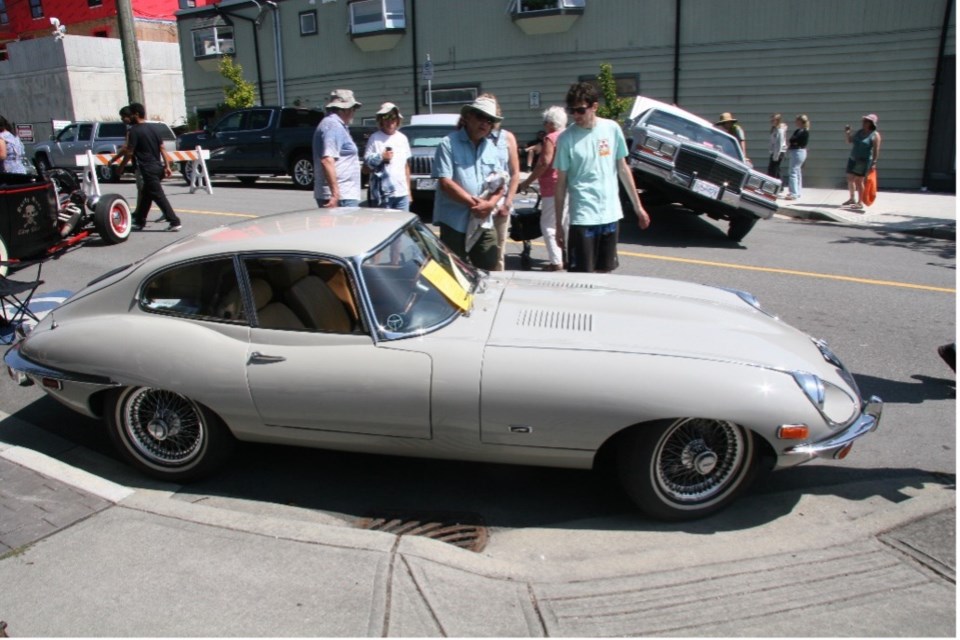The 28th Annual Sleepy Hollow Rod Run and Show & Shine was another very successful pair of events for the Coasters Car Club last weekend. More than 400 cars, trucks and other vehicles marshalled in Hackett Park Friday afternoon for the 6:15-ish departure.
Thousands of folks wandered Cowrie Street Saturday to admire the 268 registered vehicles. There were visitors from Washington although not as many as previous years, from all over B.C. and some from Alberta. The “Long Drive” trophy went to a couple from Stettler, A.B., if I remember correctly. That’s a 15-hour drive, folks, not including the trial by ferry.
In an earlier article, I mentioned that exotic, custom, old and modified cars and trucks aren’t everybody’s favourite pastime. That’s completely OK but it should be remembered what led to their development. The Industrial Revolution started in the 1600s, the 1700s saw the widespread use of coal and the hydrocarbon industry began in the late 1800s.
Henry Ford achieved an industrial quantum leap in the early 1900s by making the assembly line work. Previously, automobiles were effectively made by hand with a single craftsman assembling, adjusting and fine-tuning every vehicle. While this certainly worked, it was neither efficient nor economic; Ford’s assembly lines dropped the unit price of production down to where the general populace could afford the product and sales and profits boomed accordingly.
We’re now a century of innovation later: some of the vehicles on display Friday and Saturday were truly ancient, noisy, smelly, dirty and cranky to some extent but they were built for a purpose in a time that no longer exists. A 1923 Ford Model T is no longer a particularly useful automobile (and they were equipped with weird controls, requiring both feet, both hands and by some accounts a prehensile tail). Mike Barrett’s 1951 Fargo pickup is a lovely shape but was built to be a farm truck, not a highway cruiser. My neighbour Doug’s big-block Cobra absolutely will cruise the highway but has the power and handling to rearrange your hair and possibly necessitate a change of undergarments. Brian Swanson’s 1940 Hudson will also cruise the highway, comfortably and uniquely and driving it would be like never having to worry about some other lady showing up at the dance wearing the same dress as you, for example. Ken Gurney’s gold 1957 Studebaker Golden Hawk that lives on the Coast came with a supercharger from the factory, by the way, some 60 plus years ago. Many of the beautiful Coasters Car Club vehicles on display are in such good shape partly because of the talents and immaculate work of guys like Brian, Larry and Jim, for example.
Finally, on the north side of Cowrie Street, surrounded by a large crowd, crouched a stunning example of what the late, great Enzo Ferrari described as “the most beautiful car in the world,” a pristine Jaguar E-type coupe. I say ‘crouched’ because it is a Jaguar, after all. I can’t remember the owner’s name or the year of the car but I will never forget that shape.
What these vehicles all have in common is that they are a window to the past and an echo in many ways of The Greatest Generation, the men (and women) who preserved freedom with their sacrifices and sweat. While the World Economic Forum and many politicians are making it their business to change our entire world (and all the choices we have available) and re-ordering our lives, these vehicles are no longer deemed acceptable. I would say, however, that they are indisputably beautiful, unbelievably fun, exciting and, by God, they do make a glorious noise! I hope we never forget that.



